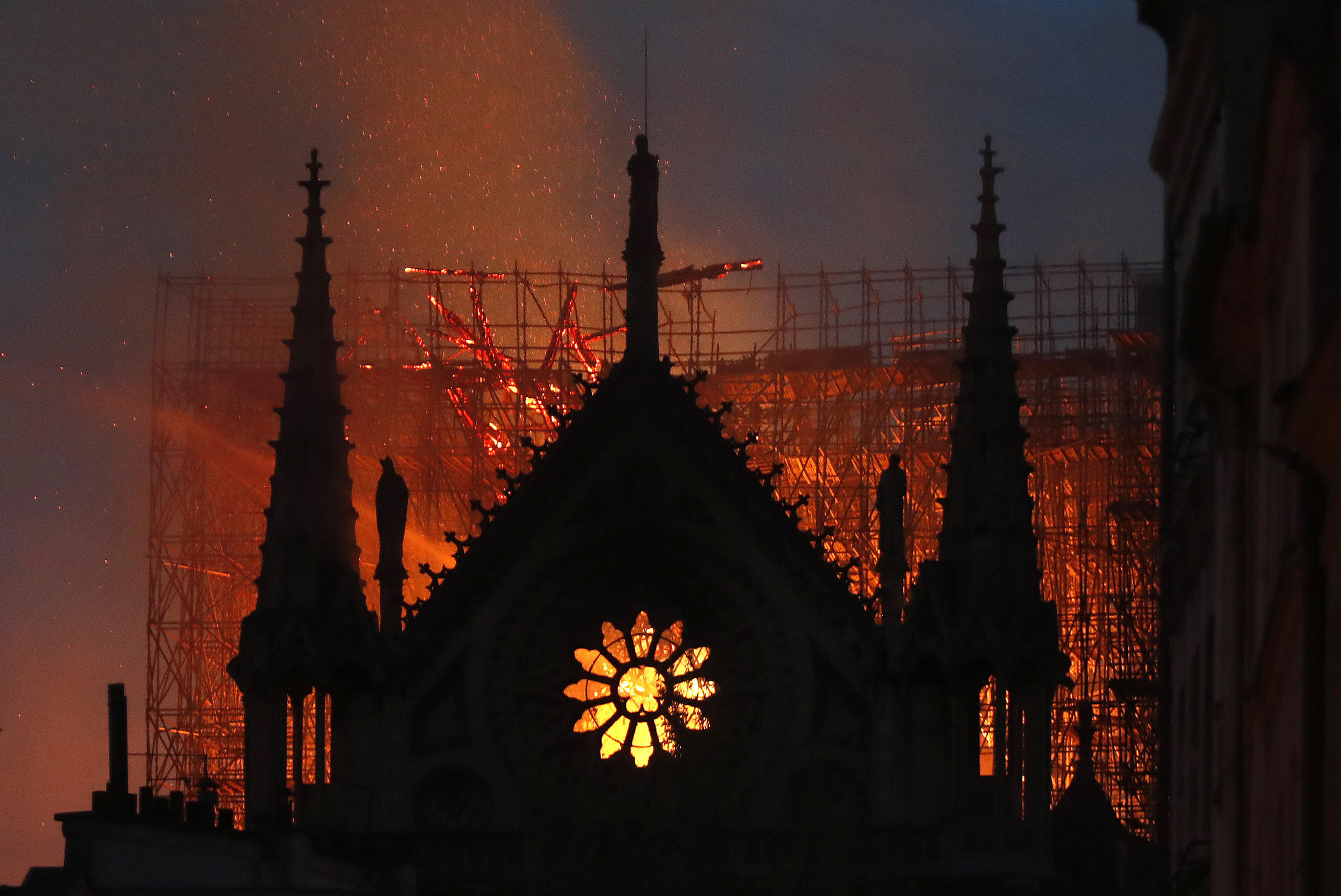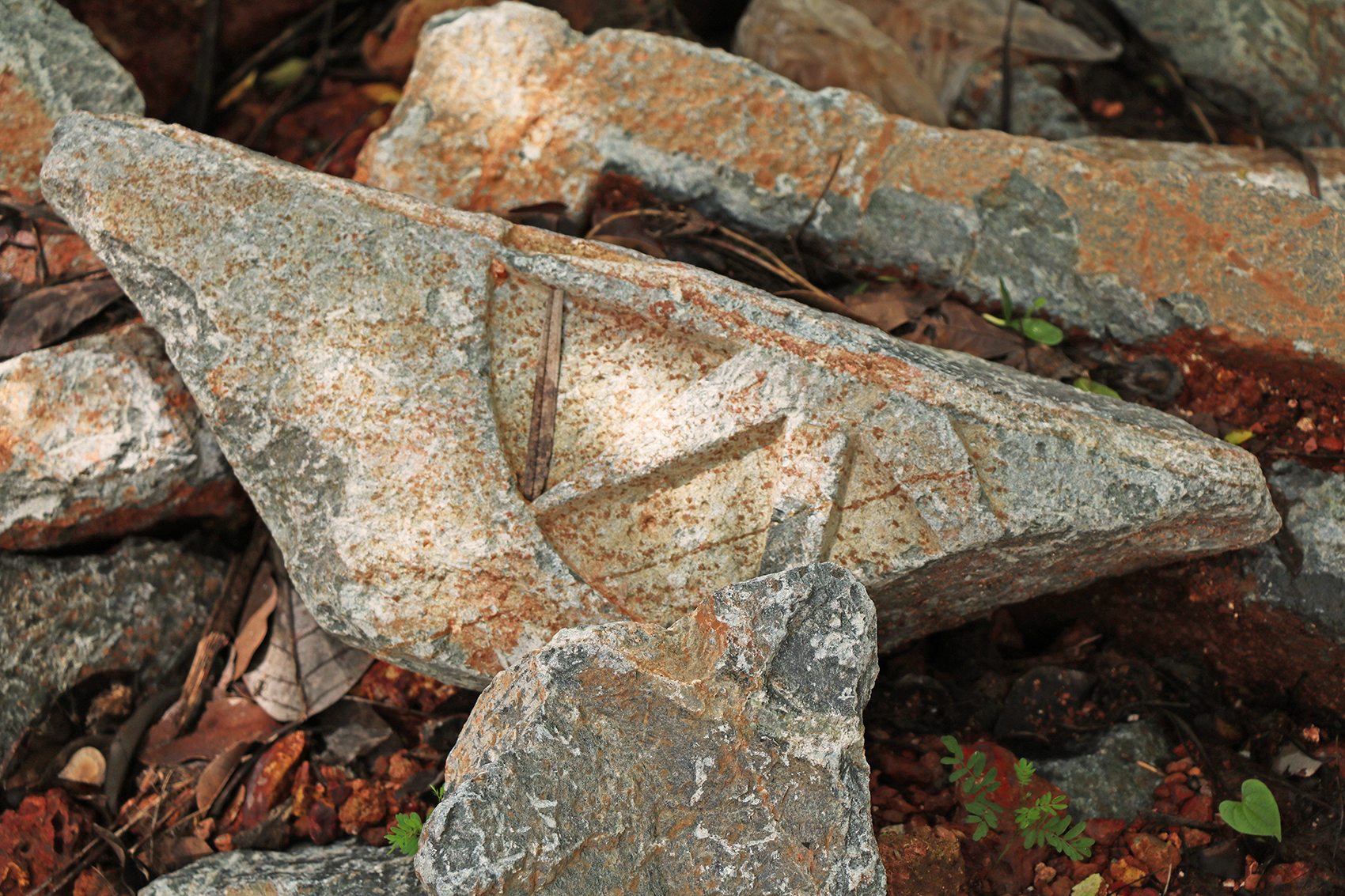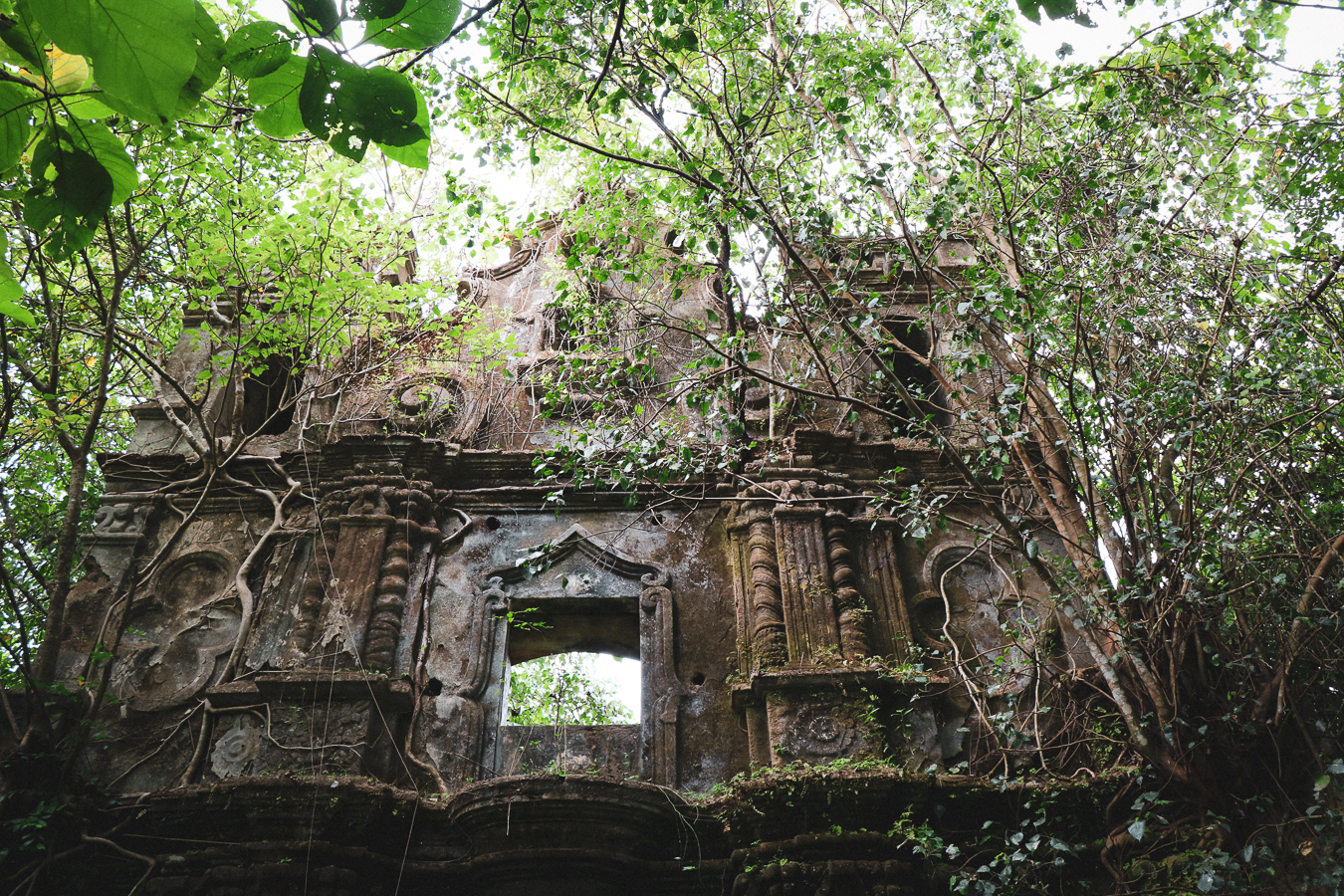On 15th April 2019, the world woke up to some heartbreaking news. Shocking images and videos of the The Cathedral Notre-Dame de Paris swept across social media, its central spire and steep pitched roof ablaze. The fire eventually consumed the towering spire and the medieval roof. And while Parisians all exclaimed in shock, people all over the world – especially architects and heritage enthusiasts – rolled over, and tried not to cry, but cried, and cried a lot.
But the events at Notre Dame raise two important thoughts – one, why does it have such a huge impact on an ordinary architect like me in a narrow strip of land in Western India? What is it about this magnificent structure that is after all just a few pieces of stone sculpted together in an orderly assembly, yet aches the hearts of millions of people in tiny remote corners of the world – people who, on the face of it, don’t have any affiliation to the monument at all? And secondly, what next for this living Cathedral? What is the best method of restoration for the damaged parts?

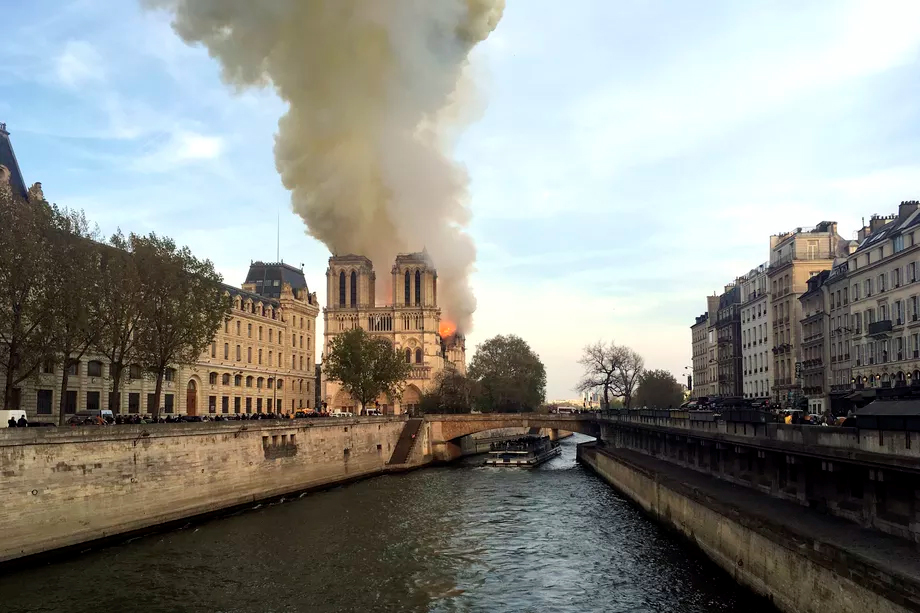

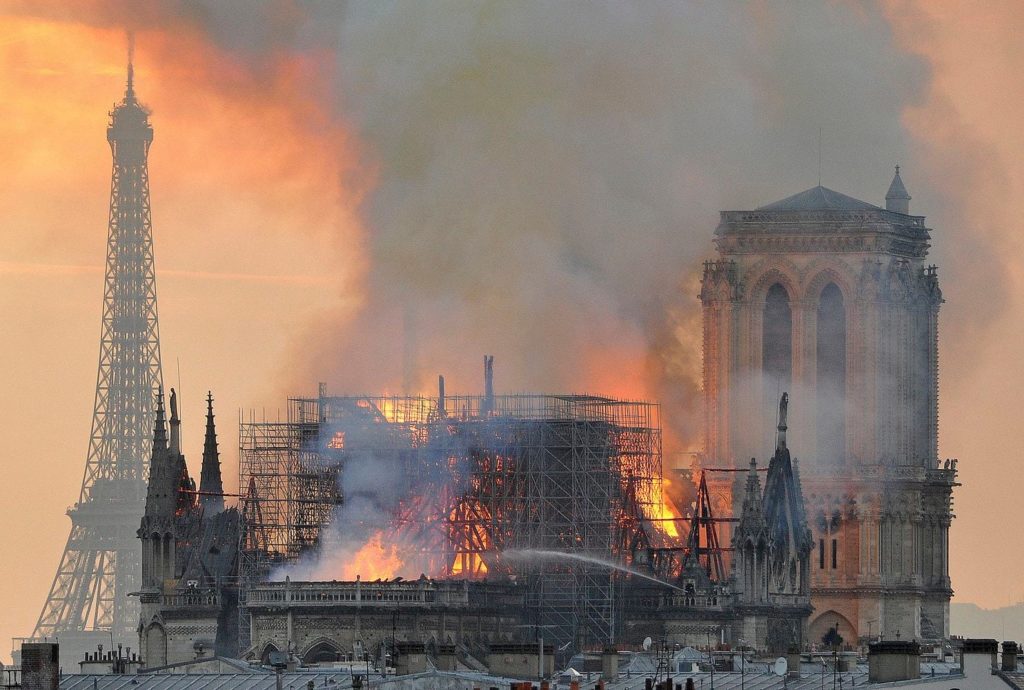
People usually tend to pride themselves in their ‘local heritage’. As much as the buildings we consider heritage today are rooted in their context, they are actually a part of something greater. For we must try to remove the microscopic lens we put our buildings under and look at them as part of the larger picture. For example – the Our Lady of Rosary Church at Old Goa, is one of the few surviving examples of ‘The Tower over the Narthex’ type of Church in the world – as Paulo Varela Gomes points out in his comprehensive book ‘Whitewashed Red Stone’. It is considered a rare specimen in Europe itself. And here, thousand miles away, sits one on a tiny hillock in Old Goa. It is therefore not just Goan heritage, but world heritage.
Similarly, Notre Dame is not just Parisian, but belongs to the world. It remains one of the most important Gothic Churches – a novel of its time. In the same way that the removal of a tiny insect from the food chain would cause a colossal ecological imbalance, the absence of a building of this class would affect the entire evolution of world Architecture. Inturn, it would affect the world as we know it. Notre Dame played its part, and what a huge part it did, as a result of which we have reached where we have today. It is thus in every way – a part of our roots. And it is thus no wonder that it evokes such strong feelings within a lay person, 4500 miles away on a tiny island. Notre Dame, however, just didn’t play its part in the past. it continues to play a central part in peoples lives.
Notre-Dame is more than just a cherished place of worship for Catholics, it is a thing of beauty – a thing so architecturally refined that it could move even the stiffest of souls. Seeing the majestic edifice consumed in flames and being reduced to smoke is an unsettling experience and shakes our inner being, reminding us about the transient nature of even the most enduring constructs.
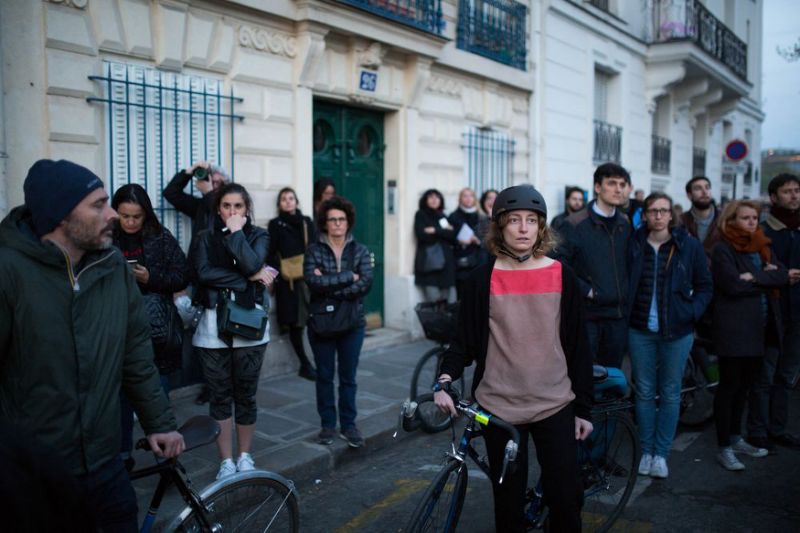
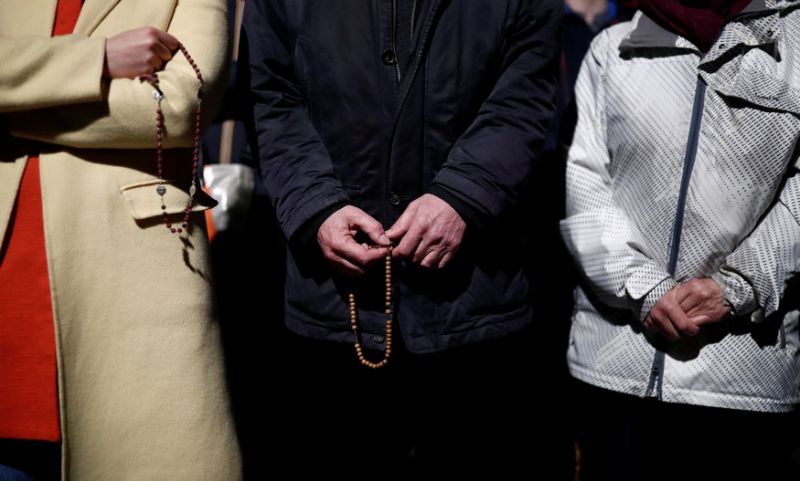
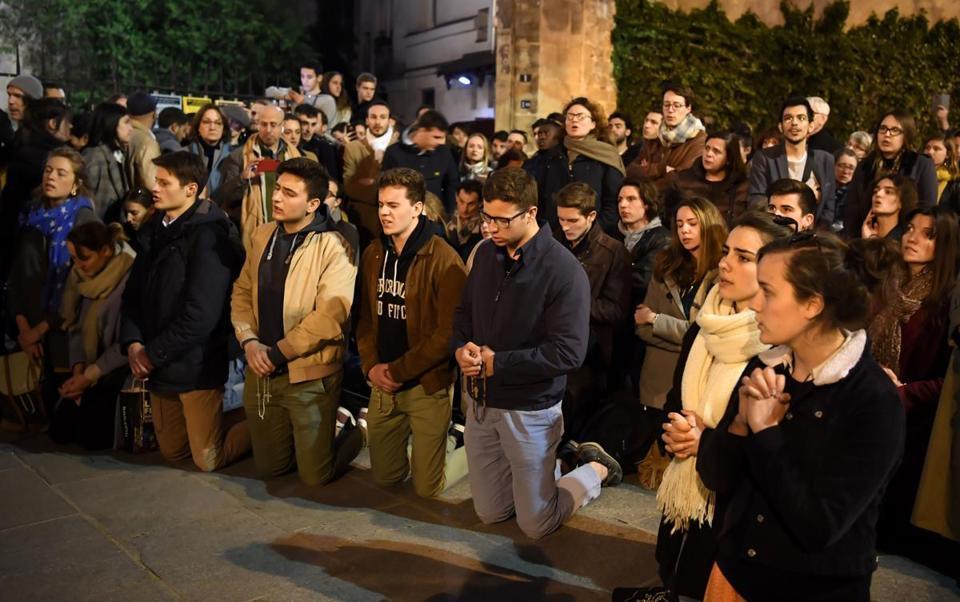
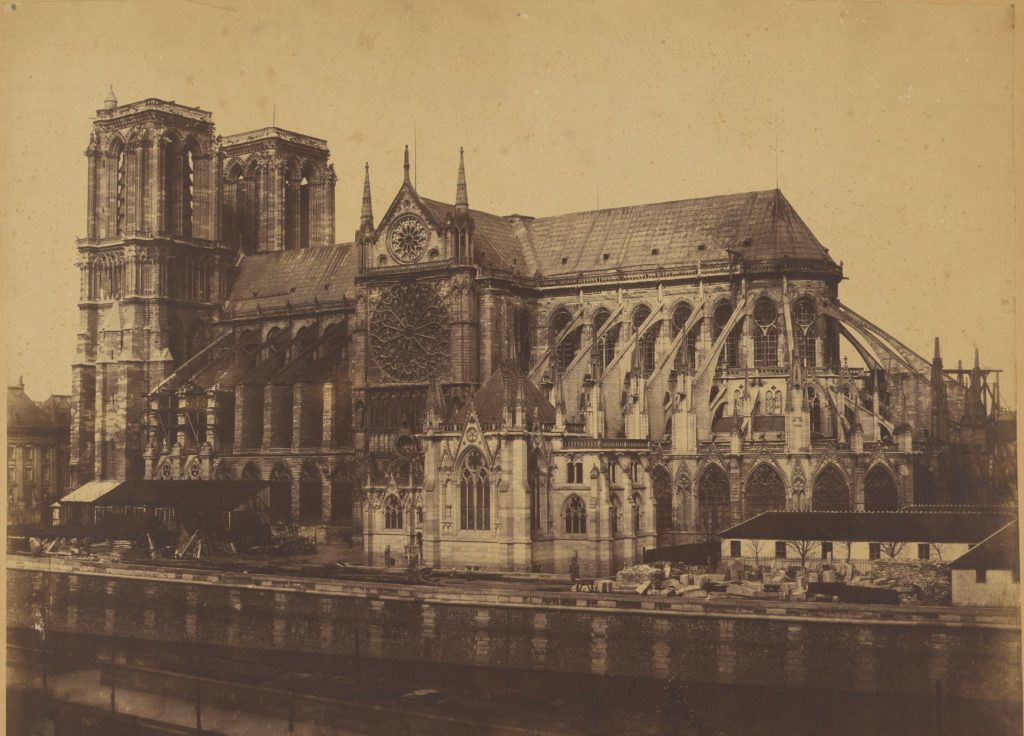
(c. 1852-1853); printed (1880s) Edouard BALDUS
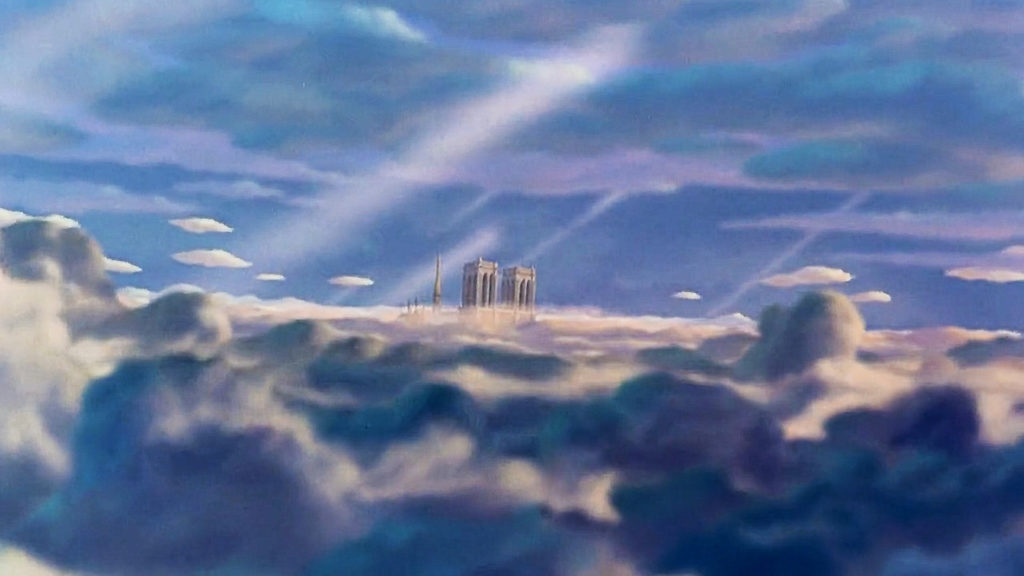
What next for the Cathedral? The words of French Prime Minister Emmanuel Macron ring loud – ‘We will rebuild Notre Dame’. The French government has opened up a competition for restoration proposals for the Cathedral, and architects and designers have scrambled to take hold of this ‘opportunity’. Norman Foster announced that Foster+Partners would submit their proposal – using lightweight materials like glass and steel.
“In every case, the replacement used the most advanced building technology of the age. It never replicated the original. In Chartres, the 12th-century timbers were replaced in the 19th century by a new structure of cast iron and copper. The decision to hold a competition for the rebuilding of Notre Dame is to be applauded because it is an acknowledgment of that tradition of new interventions.”
Sir Norman Foster, in an interview with The Guardian
Some professionals have a contrasting opinion. Speaking to The Guardian, Martin Ashley, a conservation architect who specialises in hisotric buildings commented :
‘Would it be possible to rebuild Notre Dame’s spire exactly as it was? In theory, yes. Being a spire, its quite a complicated structure., but i imagine it was pretty well recorded in various digital and photographic surveys. As to whether the craft skills exist to do it? Yes absolutely, the carpentry, the metal work, the roof cladding is all achievable again.’’
Martin Ashley, Conservation Architect
Going forward, What would be the right method to opt for? Should the spire and the roof be a contemporary expression of our times? Or should we strive to be as close as possible to the original? While the glass and steel proposal has come in for much criticism as it would flood the interiors with light and rob the stained glass of its divinity among other reasons, a ditto restoration of the spire is also not advisable as it would be a cheap pastiche copy of the original – something that took its architect Eugene Viollet-le-duc around a decade to plan.
Personally, I feel that attempting a complete reconstruction of the spire would be very kitsch – though many opine that the skills exist, we definitely do not live in the age of patience. If not executed properly, we would risk disrespecting the contributions of Viollet-le-duc to the Cathedral. I definitely feel it should be inspired by its past, but should be reflected in the most appropriate materials for the cathedral in a way that doesnt harm the sanctity of the historical building. At the same time, it is too early to tell clearly – more research needs to be done on the existing state of what is indeed a very resilient structure – just how much more load can it take? A detailed study of the effect of the fire on the masonry needs to be conducted.
Till such time, a large ‘umbrella’ is being constructed over the damaged parts as the threat of rains loom over Paris. Amidst all the talk of rebuilding Notre Dame, it’s quite interesting to note the reaction of people worldwide. Notre-Dame would sit quietly and solemnly in the heart of Paris while people’s lives revolved around her. Be it her humility, but she doesn’t seem to ask to be restored. Might she be accepting her fate and preparing her exit from the world stage? Yet, here we are, calling forth the best minds on the planet in a bid to save her. Because it is we who need her.

